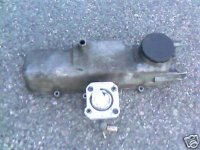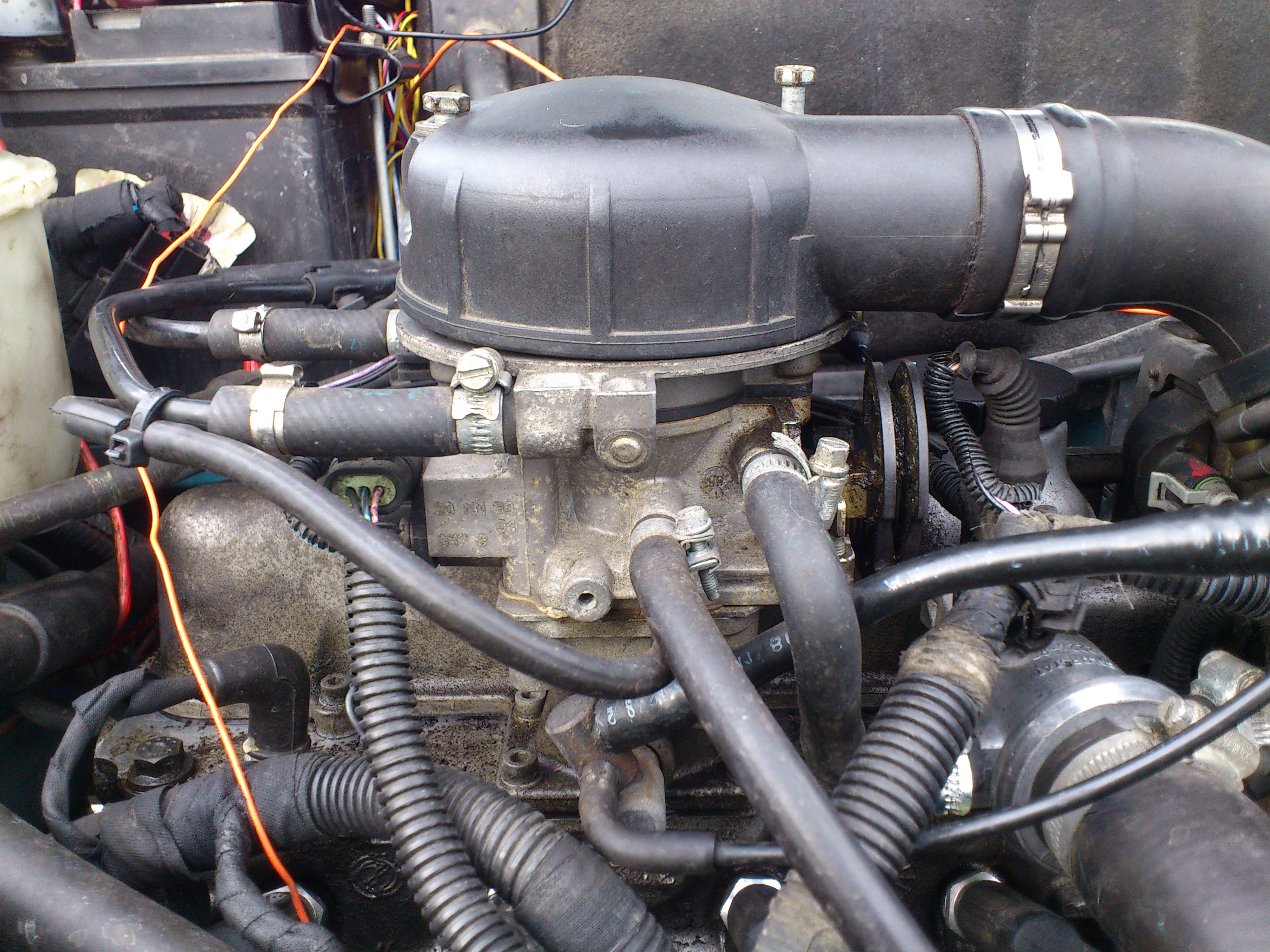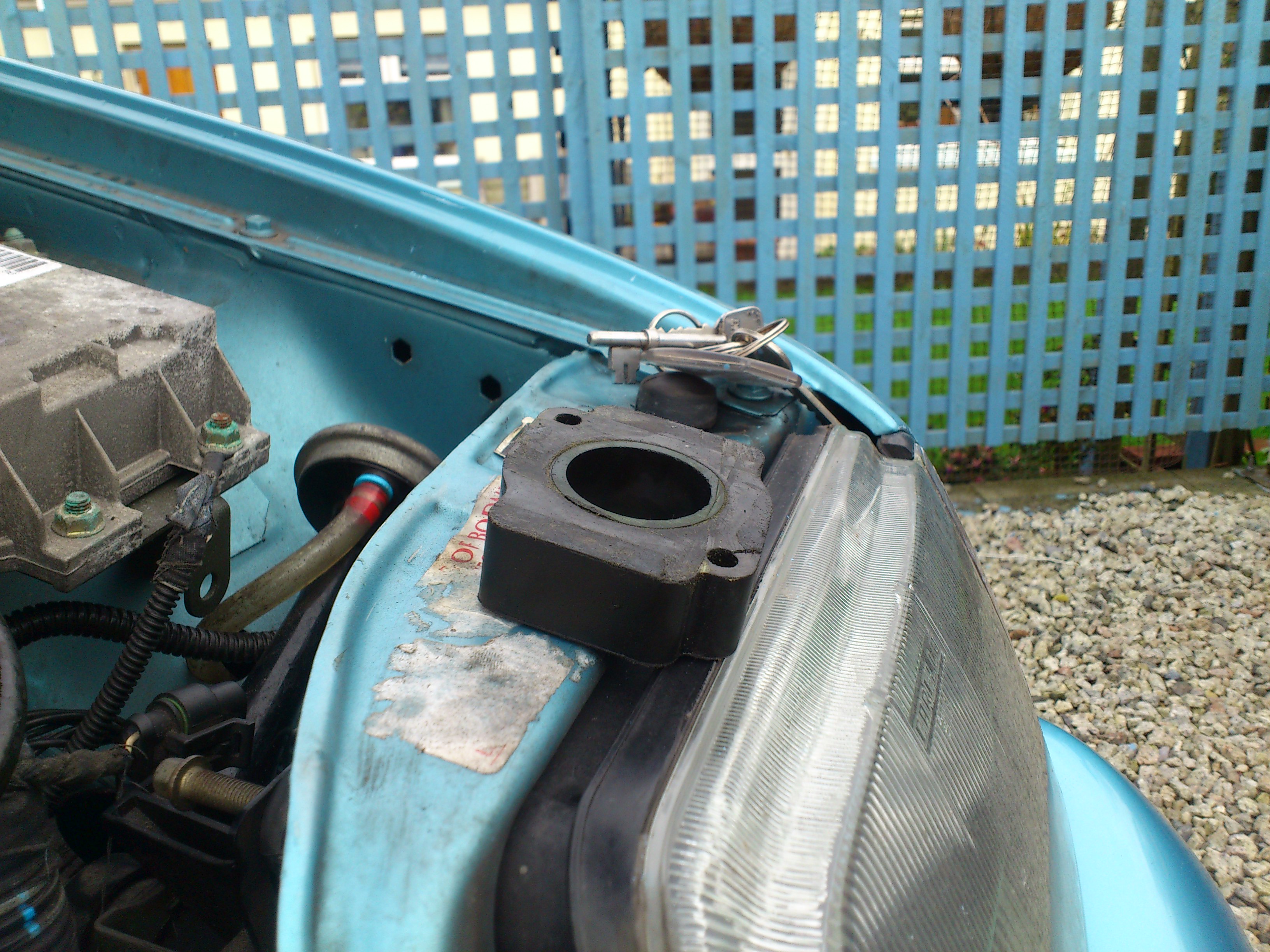Hi again!
So the next thing im looking to do with my cinq is put a 32mm throttle body in it, im hoping this will increase power and torque a little on my 899!
I have sourced a tb from my breakers yard however i have not purchased it yet as it doesnt have the spacer, and i cant find one on ebay or on the forum!
Can anyone help me out here?
I will be posting pictures of my progress to help anyone else who is doing this
Thanks!
Chris
So the next thing im looking to do with my cinq is put a 32mm throttle body in it, im hoping this will increase power and torque a little on my 899!
I have sourced a tb from my breakers yard however i have not purchased it yet as it doesnt have the spacer, and i cant find one on ebay or on the forum!
Can anyone help me out here?
I will be posting pictures of my progress to help anyone else who is doing this
Thanks!
Chris









